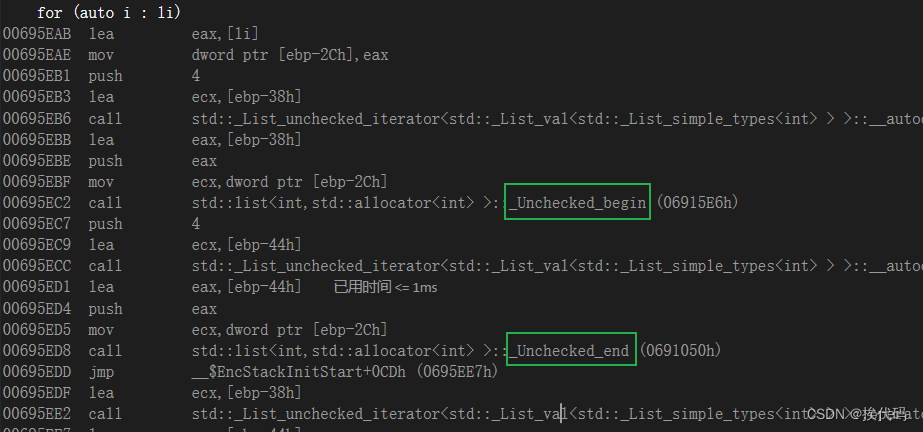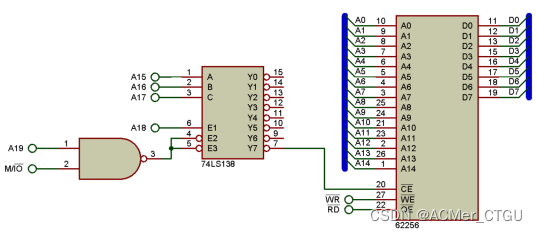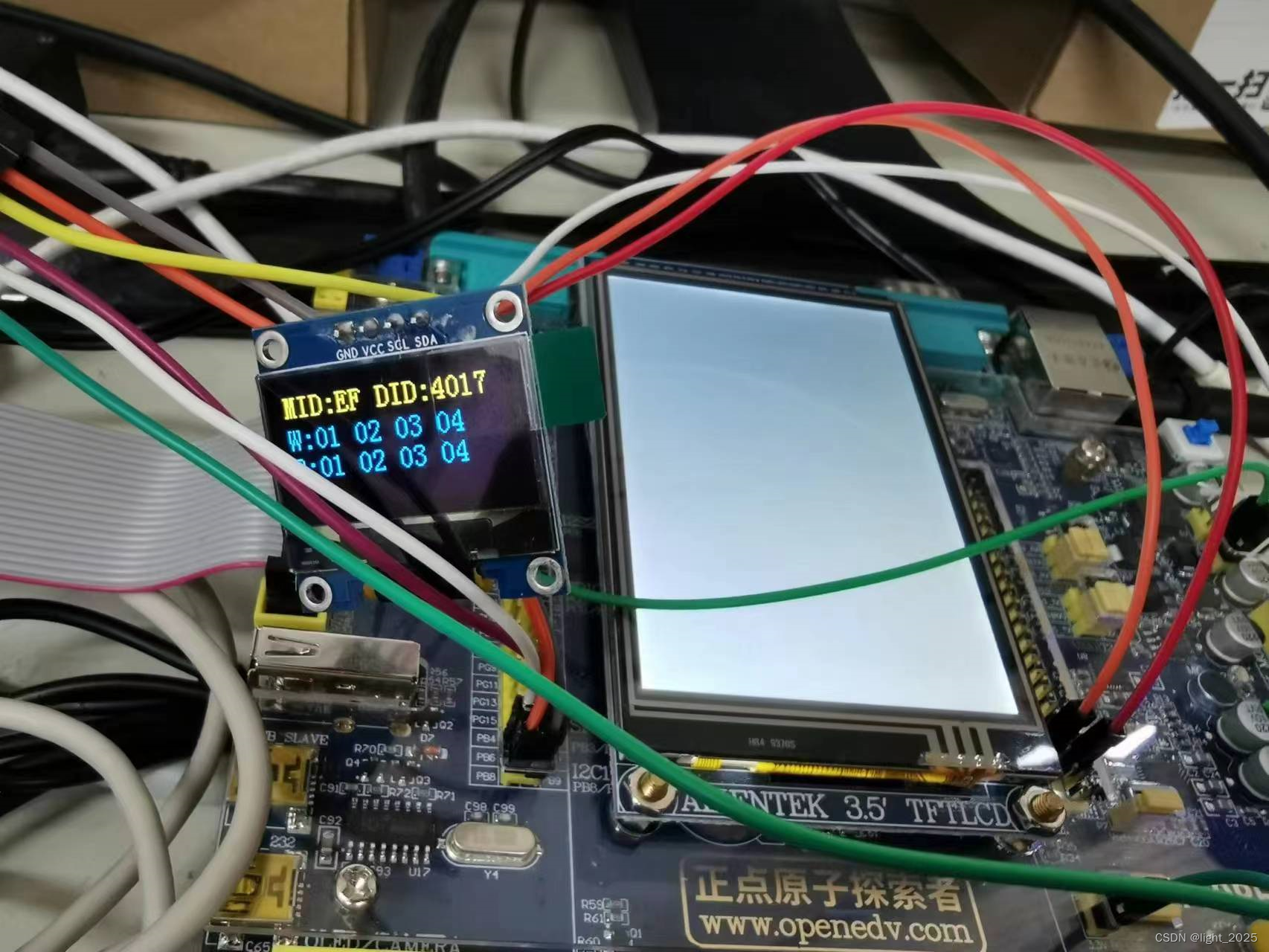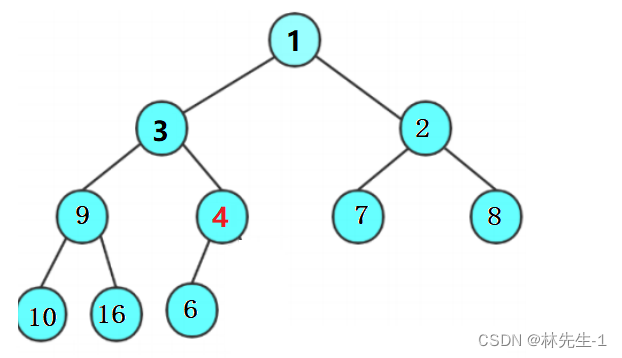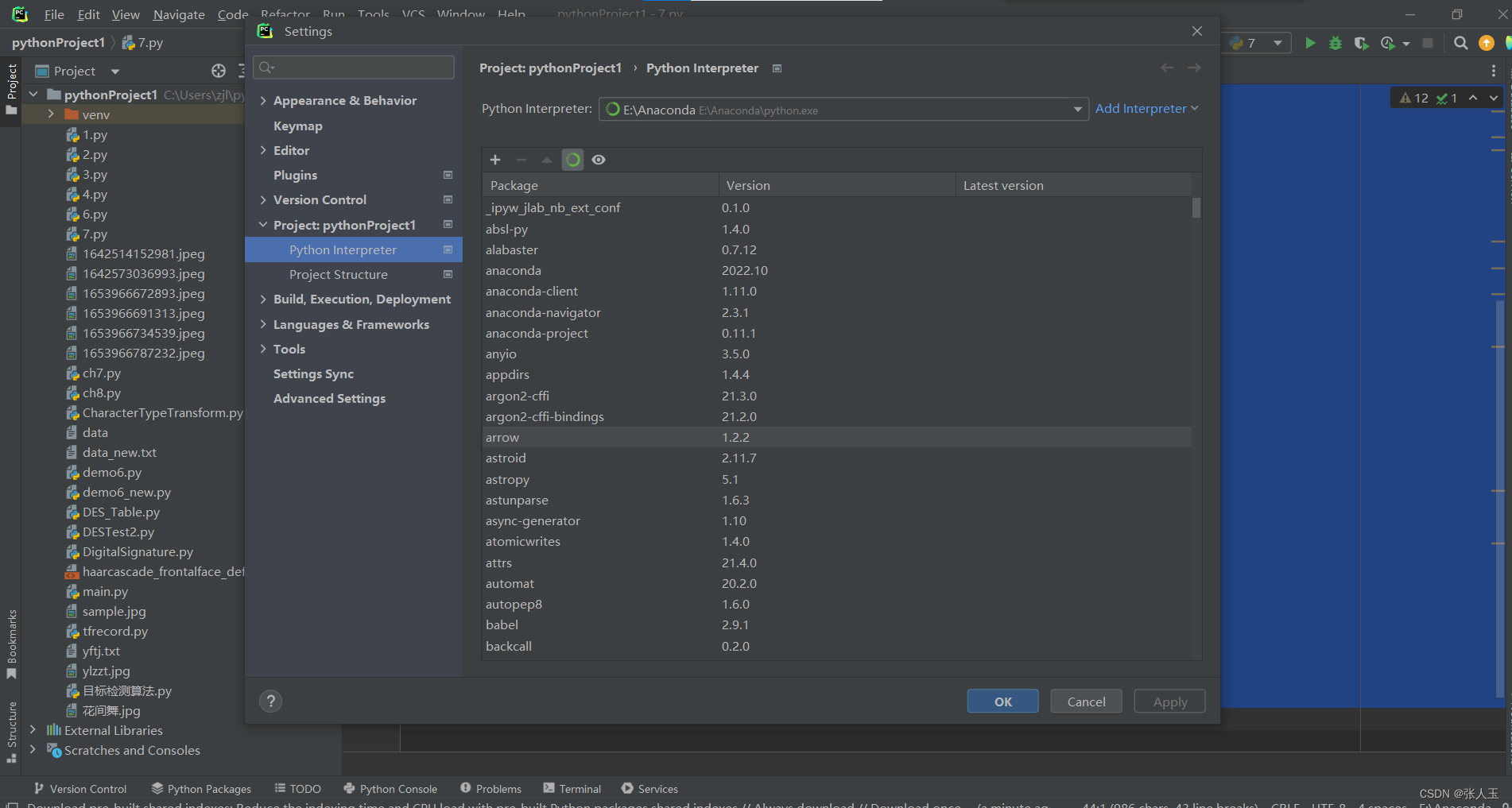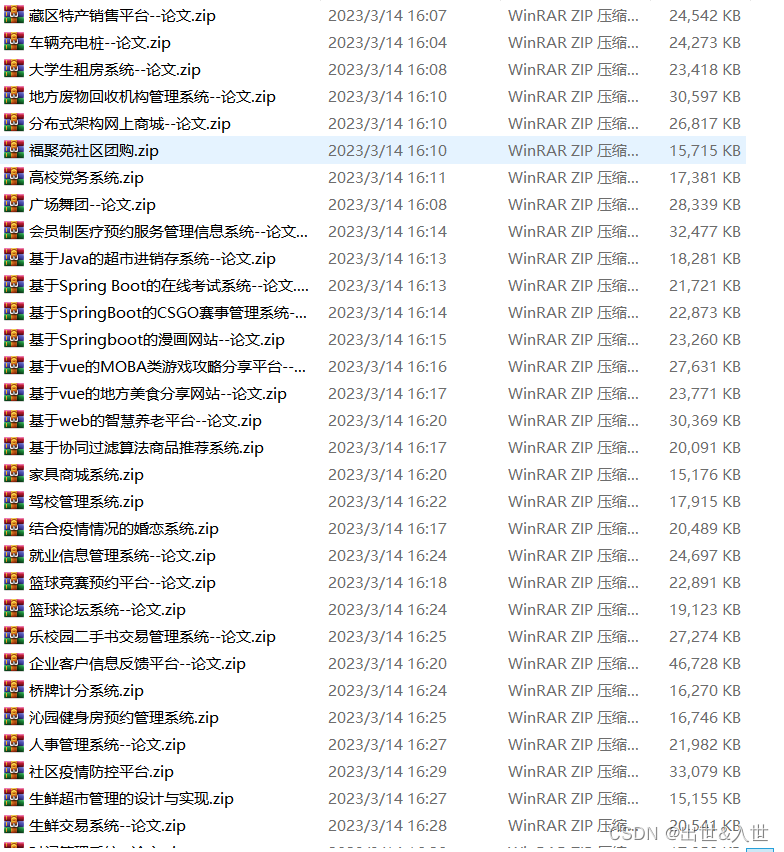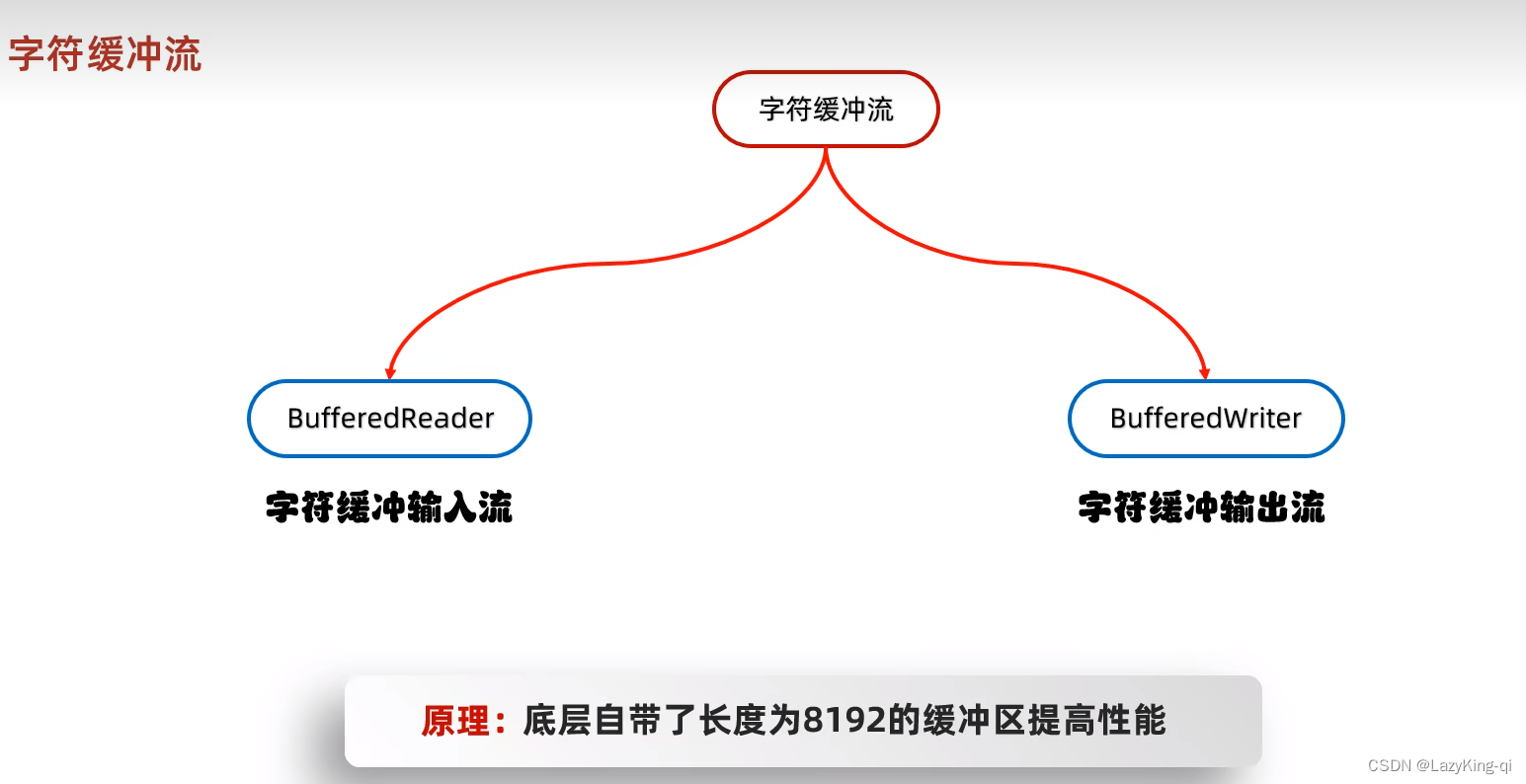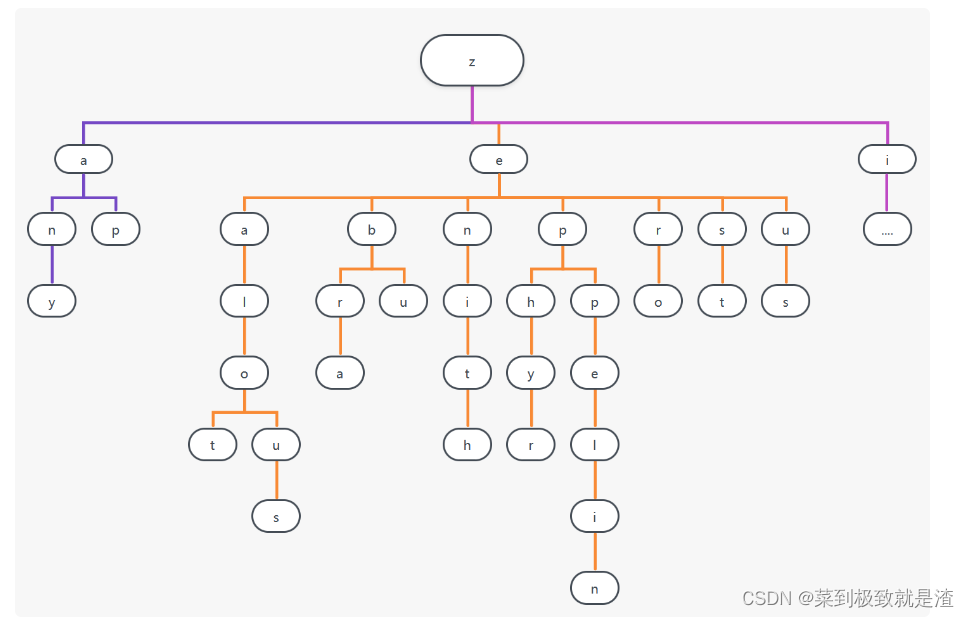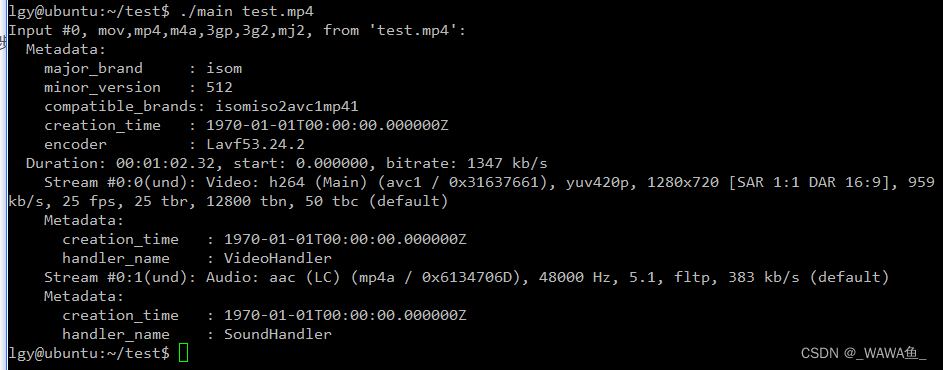消息传递机制
在OC语言中,调用对象的方法被叫做消息传递。消息有名称和选择子(selector),可以接受参数,还可能有返回值。
在Objective-C中,如果向某对象传递消息,那就会使用动态绑定机制来决定需要调用的方法。在底层,所有方法都是普通的C语言函数,然而对象收到消息之后,究竟该调用那个方法则完全运行期决定,甚至可以在程序运行时改变,这些特性使得Objective-C成为一门真正的动态语言。
例:OC消息表达式:
id returnValue = [someObject messageName:parameter];
这一段会被编译器处理成:
id returnValue = objc_msgSend(someObject, @selector(messageName:), parameter);
someObject称为接受者(receiver),messageName称为“选择子”,选择子和参数一起称为“消息”,编译器看到这条消息会转换成一条标准的 C 语言函数调用。
选择子SEL
OC在编译时会根据方法的名字(包括参数序列),生成一个用来区分这个办法的唯一的一个ID,这个ID就是SEL类型的。我们需要注意的是,只要方法的名字(包括参数序列)相同,那么他们的ID就是相同的。所以不管是父类还是子类,名字相同那么ID就是一样的。
SEL sell1 = @selector(eat:);
NSLog(@"sell1:%p", sell1);
SEL sell2 = @selector(eat);
NSLog(@"sell2:%p", sell2);
//sell1:0x100000f63
//sell2:0x100000f68
这样的机制大大的增加了我们的程序的灵活性,我们可以通过给一个方法传递SEL参数,让这个方法动态的执行某一个方法;我们也可以通过配置文件指定需要执行的方法,程序读取配置文件之后把方法的字符串翻译成为SEL变量然后给相应的对象发送这个消息。
从效率的角度上来说,执行的时候不是通过方法名字而是方法ID也就是一个整数来查找方法,由于整数的查找和匹配比字符串要快得多,所以这样可以在某种程度上提高执行的效率
我们需要注意,@selector等同于是把方法名翻译成SEL方法名,其仅仅关心方法名和参数个数,并不关心返回值与参数类型
生成SEL的过程是固定的,因为它只是一个表明方法的ID,不管是在哪个类写这个dayin方法,SEL值都是固定一个
在Runtime中维护了一个SEL的表,这个表存储SEL不按照类来存储,只要相同的SEL就会被看做一个,并存储到表中。在项目加载时,会将所有方法都加载到这个表中,而动态生成的方法也会被加载到表中。
那么不同的类可以拥有相同的方法,不同类的实例对象执行相同的selector时会在各自的方法列表中去根据SEL去寻找自己类对应的IMP。
IMP本质就是一个函数指针,这个被指向的函数包含一个接收消息的对象id,调用方法的SEL,以及一些方法参数,并返回一个id。因此我们可以通过SEL获得它所对应的IMP,在取得了函数指针之后,也就意味着我们取得了需要执行方法的代码入口,这样我们就可以像普通的C语言函数调用一样使用这个函数指针。
objc_msgSend
我们可以看到转换中,使用到了objc_msgSend 函数,这个函数将消息接收者和方法名作为主要参数,如下所示:
objc_msgSend(receiver, selector) // 不带参数
objc_msgSend(receiver, selector, arg1, arg2,...) // 带参数
objc_msgSend 通过以下几个步骤实现了动态绑定机制:
- 首先,获取 selector 指向的方法实现。由于相同的方法可能在不同的类中有着不同的实现,因此根据 receiver 所属的类进行判断。
- 其次,传递 receiver 对象、方法指定的参数来调用方法实现。
- 最后,返回方法实现的返回值。
消息传递的关键在于objc_class结构体,其有三个关键的字段:
- isa:指向类的指针。
- superclass:指向父类的指针。
- methodLists:类的方法分发表(dispatch table)。
当创建一个新对象时,先为其分配内存,并初始化其成员变量。其中 isa 指针也会被初始化,让对象可以访问类及类的继承链。
下图所示为消息传递过程的示意图:

- 当消息传递给一个对象时,首先从运行时系统缓存objc_cache中进行查找。如果找到,则执行。否则,继续执行下面步骤。
- objc_msgSend通过对象的isa指针获取到类的结构体,然后在方法分发表methodLists中查找方法的selector。如果未找到,将沿着类的superclass找到其父类,并在父类的分发表methodLists中继续查找。
- 以此类推,一直沿着类的继承链追溯至NSObject类。一旦找到selector,传入相应的参数来执行方法的具体实现,并将该方法加入缓存objc_cache。如果最后仍然没有找到selector,则会进入消息转发流程。
源码解析
快速查找
objc_msgSend在不同架构下都有实现:以arm64为例,代码实现是汇编。为什么选用汇编来实现?速度更快,直接使用参数,免去大量参数的拷贝的开销。在函数和全局变量前面会加下划线“_”,防止符号冲突。
汇编过程:
//进入objc_msgSend流程
ENTRY _objc_msgSend
//流程开始,无需frame
UNWIND _objc_msgSend, NoFrame
//判断p0(消息接收者)是否存在,不存在则重新开始执行objc_msgSend
cmp p0, #0 // nil check and tagged pointer check
//如果支持小对象类型,返回小对象或空
#if SUPPORT_TAGGED_POINTERS
//b是进行跳转,b.le是小于判断,也就是p0小于0的时候跳转到LNilOrTagged
b.le LNilOrTagged // (MSB tagged pointer looks negative)
#else
//等于,如果不支持小对象,就跳转至LReturnZero退出
b.eq LReturnZero
#endif
//通过p13取isa
ldr p13, [x0] // p13 = isa
//通过isa取class并保存到p16寄存器中
GetClassFromIsa_p16 p13, 1, x0 // p16 = class
- 首先从cmp p0,#0开始,这里p0是寄存器,存放的是消息接受者。当进入消息发送入口时,先判断消息接收者是否存在,不存在则重新执行objc_msgSend
- b.le LNilOrTagged,b是跳转到的意思。le是如果p0小于等于0,总体意思是若p0小于等于0,则跳转到LNilOrTagged,执行b.eq LReturnZero直接退出这个函数
- 如果消息接受者不为nil,汇编继续跑,到CacheLookup NORMAL,在cache中查找imp。
来看一下具体的实现:
//在cache中通过sel查找imp的核心流程
.macro CacheLookup Mode, Function, MissLabelDynamic, MissLabelConstant
//
// Restart protocol:
//
// As soon as we're past the LLookupStart\Function label we may have
// loaded an invalid cache pointer or mask.
//
// When task_restartable_ranges_synchronize() is called,
// (or when a signal hits us) before we're past LLookupEnd\Function,
// then our PC will be reset to LLookupRecover\Function which forcefully
// jumps to the cache-miss codepath which have the following
// requirements:
//
// GETIMP:
// The cache-miss is just returning NULL (setting x0 to 0)
//
// NORMAL and LOOKUP:
// - x0 contains the receiver
// - x1 contains the selector
// - x16 contains the isa
// - other registers are set as per calling conventions
//
//从x16中取出class移到x15中
mov x15, x16 // stash the original isa
//开始查找
LLookupStart\Function:
// p1 = SEL, p16 = isa
#if CACHE_MASK_STORAGE == CACHE_MASK_STORAGE_HIGH_16_BIG_ADDRS
//ldr表示将一个值存入到p10寄存器中
//x16表示p16寄存器存储的值,当前是Class
//#数值 表示一个值,这里的CACHE经过全局搜索发现是2倍的指针地址,也就是16个字节
//#define CACHE (2 * __SIZEOF_POINTER__)
//经计算,p10就是cache
ldr p10, [x16, #CACHE] // p10 = mask|buckets
lsr p11, p10, #48 // p11 = mask
and p10, p10, #0xffffffffffff // p10 = buckets
and w12, w1, w11 // x12 = _cmd & mask
//真机64位看这个
#elif CACHE_MASK_STORAGE == CACHE_MASK_STORAGE_HIGH_16
//CACHE 16字节,也就是通过isa内存平移获取cache,然后cache的首地址就是 (bucket_t *)
ldr p11, [x16, #CACHE] // p11 = mask|buckets
#if CONFIG_USE_PREOPT_CACHES
//获取buckets
#if __has_feature(ptrauth_calls)
tbnz p11, #0, LLookupPreopt\Function
and p10, p11, #0x0000ffffffffffff // p10 = buckets
#else
//and表示与运算,将与上mask后的buckets值保存到p10寄存器
and p10, p11, #0x0000fffffffffffe // p10 = buckets
//p11与#0比较,如果p11不存在,就走Function,如果存在走LLookupPreopt
tbnz p11, #0, LLookupPreopt\Function
#endif
//按位右移7个单位,存到p12里面,p0是对象,p1是_cmd
eor p12, p1, p1, LSR #7
and p12, p12, p11, LSR #48 // x12 = (_cmd ^ (_cmd >> 7)) & mask
#else
and p10, p11, #0x0000ffffffffffff // p10 = buckets
//LSR表示逻辑向右偏移
//p11, LSR #48表示cache偏移48位,拿到前16位,也就是得到mask
//这个是哈希算法,p12存储的就是搜索下标(哈希地址)
//整句表示_cmd & mask并保存到p12
and p12, p1, p11, LSR #48 // x12 = _cmd & mask
#endif // CONFIG_USE_PREOPT_CACHES
#elif CACHE_MASK_STORAGE == CACHE_MASK_STORAGE_LOW_4
ldr p11, [x16, #CACHE] // p11 = mask|buckets
and p10, p11, #~0xf // p10 = buckets
and p11, p11, #0xf // p11 = maskShift
mov p12, #0xffff
lsr p11, p12, p11 // p11 = mask = 0xffff >> p11
and p12, p1, p11 // x12 = _cmd & mask
#else
#error Unsupported cache mask storage for ARM64.
#endif
//去除掩码后bucket的内存平移
//PTRSHIFT经全局搜索发现是3
//LSL #(1+PTRSHIFT)表示逻辑左移4位,也就是*16
//通过bucket的首地址进行左平移下标的16倍数并与p12相与得到bucket,并存入到p13中
add p13, p10, p12, LSL #(1+PTRSHIFT)
// p13 = buckets + ((_cmd & mask) << (1+PTRSHIFT))
// do {
//ldp表示出栈,取出bucket中的imp和sel分别存放到p17和p9
1: ldp p17, p9, [x13], #-BUCKET_SIZE // {imp, sel} = *bucket--
//cmp表示比较,对比p9和p1,如果相同就找到了对应的方法,返回对应imp,走CacheHit
cmp p9, p1 // if (sel != _cmd) {
//b.ne表示如果不相同则跳转到3f
b.ne 3f // scan more
// } else {
2: CacheHit \Mode // hit: call or return imp
// }
//向前查找下一个bucket,一直循环直到找到对应的方法,循环完都没有找到就调用_objc_msgSend_uncached
3: cbz p9, \MissLabelDynamic // if (sel == 0) goto Miss;
//通过p13和p10来判断是否是第一个bucket
cmp p13, p10 // } while (bucket >= buckets)
b.hs 1b
// wrap-around:
// p10 = first bucket
// p11 = mask (and maybe other bits on LP64)
// p12 = _cmd & mask
//
// A full cache can happen with CACHE_ALLOW_FULL_UTILIZATION.
// So stop when we circle back to the first probed bucket
// rather than when hitting the first bucket again.
//
// Note that we might probe the initial bucket twice
// when the first probed slot is the last entry.
#if CACHE_MASK_STORAGE == CACHE_MASK_STORAGE_HIGH_16_BIG_ADDRS
add p13, p10, w11, UXTW #(1+PTRSHIFT)
// p13 = buckets + (mask << 1+PTRSHIFT)
#elif CACHE_MASK_STORAGE == CACHE_MASK_STORAGE_HIGH_16
add p13, p10, p11, LSR #(48 - (1+PTRSHIFT))
// p13 = buckets + (mask << 1+PTRSHIFT)
// see comment about maskZeroBits
#elif CACHE_MASK_STORAGE == CACHE_MASK_STORAGE_LOW_4
add p13, p10, p11, LSL #(1+PTRSHIFT)
// p13 = buckets + (mask << 1+PTRSHIFT)
#else
#error Unsupported cache mask storage for ARM64.
#endif
add p12, p10, p12, LSL #(1+PTRSHIFT)
// p12 = first probed bucket
// do {
4: ldp p17, p9, [x13], #-BUCKET_SIZE // {imp, sel} = *bucket--
cmp p9, p1 // if (sel == _cmd)
b.eq 2b // goto hit
cmp p9, #0 // } while (sel != 0 &&
ccmp p13, p12, #0, ne // bucket > first_probed)
b.hi 4b
LLookupEnd\Function:
LLookupRecover\Function:
b \MissLabelDynamic
#if CONFIG_USE_PREOPT_CACHES
#if CACHE_MASK_STORAGE != CACHE_MASK_STORAGE_HIGH_16
#error config unsupported
#endif
LLookupPreopt\Function:
#if __has_feature(ptrauth_calls)
and p10, p11, #0x007ffffffffffffe // p10 = buckets
autdb x10, x16 // auth as early as possible
#endif
// x12 = (_cmd - first_shared_cache_sel)
adrp x9, _MagicSelRef@PAGE
ldr p9, [x9, _MagicSelRef@PAGEOFF]
sub p12, p1, p9
// w9 = ((_cmd - first_shared_cache_sel) >> hash_shift & hash_mask)
#if __has_feature(ptrauth_calls)
// bits 63..60 of x11 are the number of bits in hash_mask
// bits 59..55 of x11 is hash_shift
lsr x17, x11, #55 // w17 = (hash_shift, ...)
lsr w9, w12, w17 // >>= shift
lsr x17, x11, #60 // w17 = mask_bits
mov x11, #0x7fff
lsr x11, x11, x17 // p11 = mask (0x7fff >> mask_bits)
and x9, x9, x11 // &= mask
#else
// bits 63..53 of x11 is hash_mask
// bits 52..48 of x11 is hash_shift
lsr x17, x11, #48 // w17 = (hash_shift, hash_mask)
lsr w9, w12, w17 // >>= shift
and x9, x9, x11, LSR #53 // &= mask
#endif
// sel_offs is 26 bits because it needs to address a 64 MB buffer (~ 20 MB as of writing)
// keep the remaining 38 bits for the IMP offset, which may need to reach
// across the shared cache. This offset needs to be shifted << 2. We did this
// to give it even more reach, given the alignment of source (the class data)
// and destination (the IMP)
ldr x17, [x10, x9, LSL #3] // x17 == (sel_offs << 38) | imp_offs
cmp x12, x17, LSR #38
.if \Mode == GETIMP
b.ne \MissLabelConstant // cache miss
sbfiz x17, x17, #2, #38 // imp_offs = combined_imp_and_sel[0..37] << 2
sub x0, x16, x17 // imp = isa - imp_offs
SignAsImp x0
ret
.else
b.ne 5f // cache miss
sbfiz x17, x17, #2, #38 // imp_offs = combined_imp_and_sel[0..37] << 2
sub x17, x16, x17 // imp = isa - imp_offs
.if \Mode == NORMAL
br x17
.elseif \Mode == LOOKUP
orr x16, x16, #3 // for instrumentation, note that we hit a constant cache
SignAsImp x17
ret
.else
.abort unhandled mode \Mode
.endif
5: ldursw x9, [x10, #-8] // offset -8 is the fallback offset
add x16, x16, x9 // compute the fallback isa
b LLookupStart\Function // lookup again with a new isa
.endif
#endif // CONFIG_USE_PREOPT_CACHES
.endmacro
1. 流程:
- 获取到指向 cache 和 _bucketsAndMaybeMask;
- 从 _bucketsAndMaybeMask 中分别取出 buckets 和 mask,并由 mask 根据哈希算法计算出哈希下标;
- 根据所得的哈希下标 begin 和 buckets 首地址,取出哈希下标对应的 bucket;
- 进入 do-while 循环,根据 bucket 中的 sel 查找;
通过内存平移获得cache 和 _bucketsAndMaybeMask, _bucketsAndMaybeMask中高16位存mask,低48位存buckets(高16位 | 低48位 = mask | buckets), 即_bucketsAndMaybeMask = mask(高位16) + buckets指针(低48位)。
将objc_msgSend的参数p1(即第二个参数_sel)& mask,通过哈希算法,得到需要查找存储sel-imp的bucket下标begin,即p12 = begin = _sel & mask,因为在存储sel-imp时,也是通过同样哈希算法计算哈希下标进行存储。
static inline mask_t cache_hash(SEL sel, mask_t mask)
{
return (mask_t)(uintptr_t)sel & mask;
}
根据计算的哈希下标begin 乘以单个bucket占用的内存大小,得到buckets首地址距离begin下标指向的bucket在实际内存中的偏移量。通过首地址 + 实际偏移量,获取哈希下标begin对应的bucket。bucket是有sel和imp两个属性组成,每个属性都是8个字节的大小,所以bucket的大小是16
在do-while循环中:
- 第一次do-while循环,从begin —> 0 查找一遍,如果没命中,p9不为nil,开始第二次do-while循环;
- 第二次do-while循环,从mask —> 0再次查找一遍;
- 依然如此,则执行__objc_msgSend_uncached —> MethodTableLookup —> _lookUpImpOrForward开始查找方法列表。
在缓存中找到了方法那就直接调用,找到sel就会进入CacheHit,去return or call imp:返回或调用方法的实现(imp)。
2. CacheHit的内容:上图的Mode代表走下面的NORMAL流程,authenticate and call imp意思验证并调用方法实现。
#define NORMAL 0
#define GETIMP 1
#define LOOKUP 2
// CacheHit: x17 = cached IMP, x10 = address of buckets, x1 = SEL, x16 = isa
.macro CacheHit
.if $0 == NORMAL
TailCallCachedImp x17, x10, x1, x16 // authenticate and call imp//调用imp
.elseif $0 == GETIMP
mov p0, p17
cbz p0, 9f // don't ptrauth a nil imp
AuthAndResignAsIMP x0, x10, x1, x16 // authenticate imp and re-sign as IMP
9: ret // return IMP//返回imp
.elseif $0 == LOOKUP// 执行__objc_msgSend_uncached,开始方法列表查找
// No nil check for ptrauth: the caller would crash anyway when they
// jump to a nil IMP. We don't care if that jump also fails ptrauth.
AuthAndResignAsIMP x17, x10, x1, x16 // authenticate imp and re-sign as IMP
cmp x16, x15
cinc x16, x16, ne // x16 += 1 when x15 != x16 (for instrumentation ; fallback to the parent class)
ret // return imp via x17
.else
.abort oops
.endif
.endmacro
3. 缓存中没有找到方法
如果没有找到缓存,查找下一个bucket,一直循环直到找到对应的方法,循环完都没有找到就调用__objc_msgSend_uncached
下面是上述判断跳转代码:
//LGetIsaDone是一个入口
LGetIsaDone:
// calls imp or objc_msgSend_uncached
//进入到缓存查找或者没有缓存查找方法的流程
CacheLookup NORMAL, _objc_msgSend, __objc_msgSend_uncached
__objc_msgSend_uncached源码汇编:
STATIC_ENTRY __objc_msgSend_uncached
UNWIND __objc_msgSend_uncached, FrameWithNoSaves
// THIS IS NOT A CALLABLE C FUNCTION
// Out-of-band p15 is the class to search
MethodTableLookup
TailCallFunctionPointer x17
END_ENTRY __objc_msgSend_uncached
其中调用了MethodTableLookup宏: 从方法列表中去查找方法。
看一下它的结构:
.macro MethodTableLookup
SAVE_REGS MSGSEND
// lookUpImpOrForward(obj, sel, cls, LOOKUP_INITIALIZE | LOOKUP_RESOLVER)
// receiver and selector already in x0 and x1
mov x2, x16
mov x3, #3
bl _lookUpImpOrForward
// IMP in x0
mov x17, x0
RESTORE_REGS MSGSEND
.endmacro
其中bl表示调用了方法_lookUpImpOrForward,_lookUpImpOrForward在汇编里找不到,因为汇编的函数比C++的多一个下划线,需要去掉下划线,去找到lookUpImpOrForward方法实现
至此快速查找imp汇编部分就结束了,接下来到了慢速查找过程:c/c++环节。
总结消息发送快速查找imp(汇编):
objc_msgSend(receiver, sel, …)
- 检查消息接收者receiver是否存在,为nil则不做任何处理
- 通过receiver的isa指针找到对应的class类对象
- 找到class类对象进行内存平移,找到cache
- 从cache中获取buckets
- 从buckets中对比参数sel,看在缓存里有没有同名方法
- 如果buckets中有对应的sel --> cacheHit --> 调用imp
- 如果buckets中没有对应的sel --> _objc_msgSend_uncached -> _lookUpImpOrForward (c/c++慢速查找)
慢速查找
方法缓冲
苹果认为如果一个方法被调用了,那个这个方法有更大的几率被再此调用,既然如此直接维护一个缓存列表,把调用过的方法加载到缓存列表中,再次调用该方法时,先去缓存列表中去查找,如果找不到再去方法列表查询。这样避免了每次调用方法都要去方法列表去查询,大大的提高了速率。
查找过程
先看lookUpImpOrForward函数的实现:
NEVER_INLINE
IMP lookUpImpOrForward(id inst, SEL sel, Class cls, int behavior)
{
const IMP forward_imp = (IMP)_objc_msgForward_impcache;
IMP imp = nil;
Class curClass;
runtimeLock.assertUnlocked();
if (slowpath(!cls->isInitialized())) {
// The first message sent to a class is often +new or +alloc, or +self
// which goes through objc_opt_* or various optimized entry points.
//
// However, the class isn't realized/initialized yet at this point,
// and the optimized entry points fall down through objc_msgSend,
// which ends up here.
//
// We really want to avoid caching these, as it can cause IMP caches
// to be made with a single entry forever.
//
// Note that this check is racy as several threads might try to
// message a given class for the first time at the same time,
// in which case we might cache anyway.
behavior |= LOOKUP_NOCACHE;
}
// runtimeLock is held during isRealized and isInitialized checking
// to prevent races against concurrent realization.
// runtimeLock is held during method search to make
// method-lookup + cache-fill atomic with respect to method addition.
// Otherwise, a category could be added but ignored indefinitely because
// the cache was re-filled with the old value after the cache flush on
// behalf of the category.
runtimeLock.lock();
// We don't want people to be able to craft a binary blob that looks like
// a class but really isn't one and do a CFI attack.
//
// To make these harder we want to make sure this is a class that was
// either built into the binary or legitimately registered through
// objc_duplicateClass, objc_initializeClassPair or objc_allocateClassPair.
// 检查当前类是个已知类
checkIsKnownClass(cls);
// 确定当前类的继承关系
cls = realizeAndInitializeIfNeeded_locked(inst, cls, behavior & LOOKUP_INITIALIZE);
// runtimeLock may have been dropped but is now locked again
runtimeLock.assertLocked();
curClass = cls;
// The code used to lookup the class's cache again right after
// we take the lock but for the vast majority of the cases
// evidence shows this is a miss most of the time, hence a time loss.
//
// The only codepath calling into this without having performed some
// kind of cache lookup is class_getInstanceMethod().
for (unsigned attempts = unreasonableClassCount();;) {
if (curClass->cache.isConstantOptimizedCache(/* strict */true)) {
// 如果是常量优化缓存
// 再一次从cache查找imp
// 目的:防止多线程操作时,刚好调用函数,此时缓存进来了
#if CONFIG_USE_PREOPT_CACHES // iOS操作系统且真机的情况下
imp = cache_getImp(curClass, sel); //cache中找IMP
if (imp) goto done_unlock; //找到就直接返回了
curClass = curClass->cache.preoptFallbackClass();
#endif
} else { //如果不是常量优化缓存
// 当前类的方法列表。
method_t *meth = getMethodNoSuper_nolock(curClass, sel);
if (meth) {
imp = meth->imp(false);
goto done;
}
// 每次判断都会把curClass的父类赋值给curClass
if (slowpath((curClass = curClass->getSuperclass()) == nil)) {
// No implementation found, and method resolver didn't help.
// Use forwarding.
imp = forward_imp;
break;
}
}
// 如果超类链中存在循环,则停止。
if (slowpath(--attempts == 0)) {
_objc_fatal("Memory corruption in class list.");
}
// Superclass cache.
imp = cache_getImp(curClass, sel);
if (slowpath(imp == forward_imp)) {
// Found a forward:: entry in a superclass.
// Stop searching, but don't cache yet; call method
// resolver for this class first.
break;
}
if (fastpath(imp)) {
// 在超类中找到方法。在这个类中缓存它。
goto done;
}
}
// 没有实现,尝试一次方法解析器。
// 这里就是消息转发机制第一层的入口
if (slowpath(behavior & LOOKUP_RESOLVER)) {
behavior ^= LOOKUP_RESOLVER;
return resolveMethod_locked(inst, sel, cls, behavior);
}
done:
if (fastpath((behavior & LOOKUP_NOCACHE) == 0)) {
#if CONFIG_USE_PREOPT_CACHES // iOS操作系统且真机的情况下
while (cls->cache.isConstantOptimizedCache(/* strict */true)) {
cls = cls->cache.preoptFallbackClass();
}
#endif
log_and_fill_cache(cls, imp, sel, inst, curClass);
}
done_unlock:
runtimeLock.unlock();
if (slowpath((behavior & LOOKUP_NIL) && imp == forward_imp)) {
return nil;
}
return imp;
}
-未完
